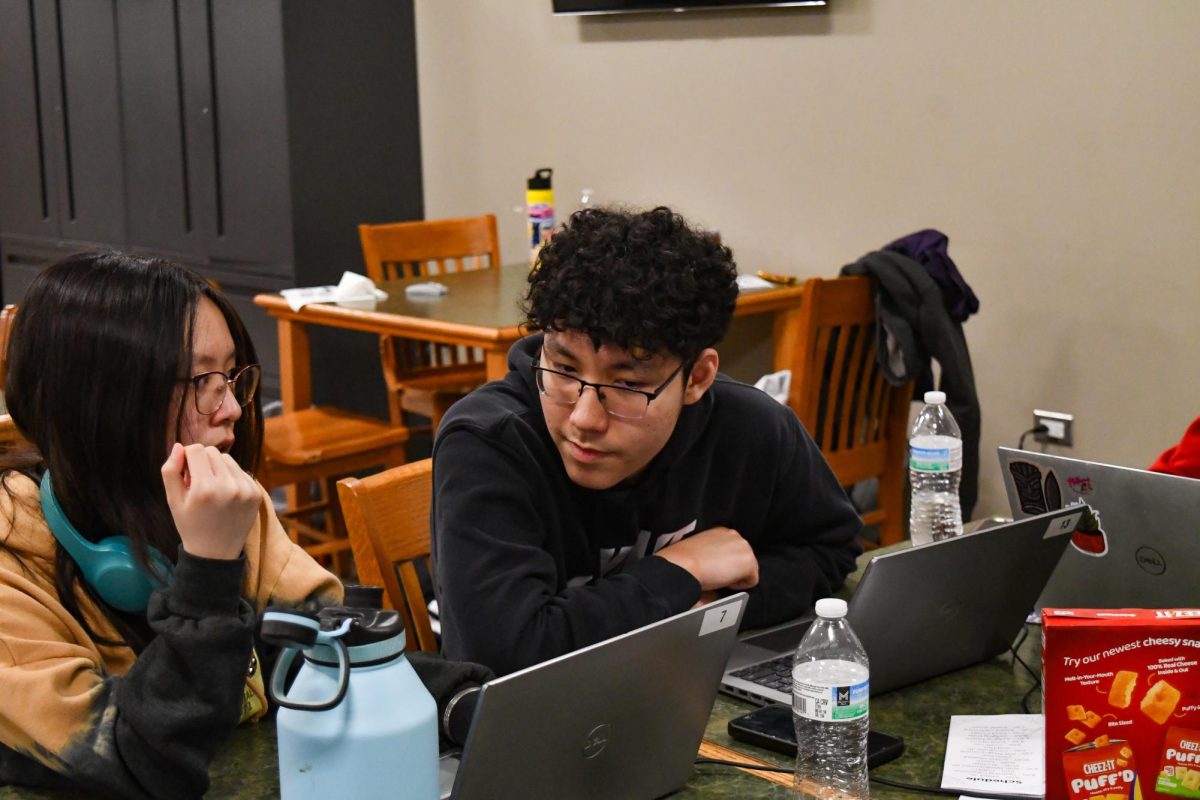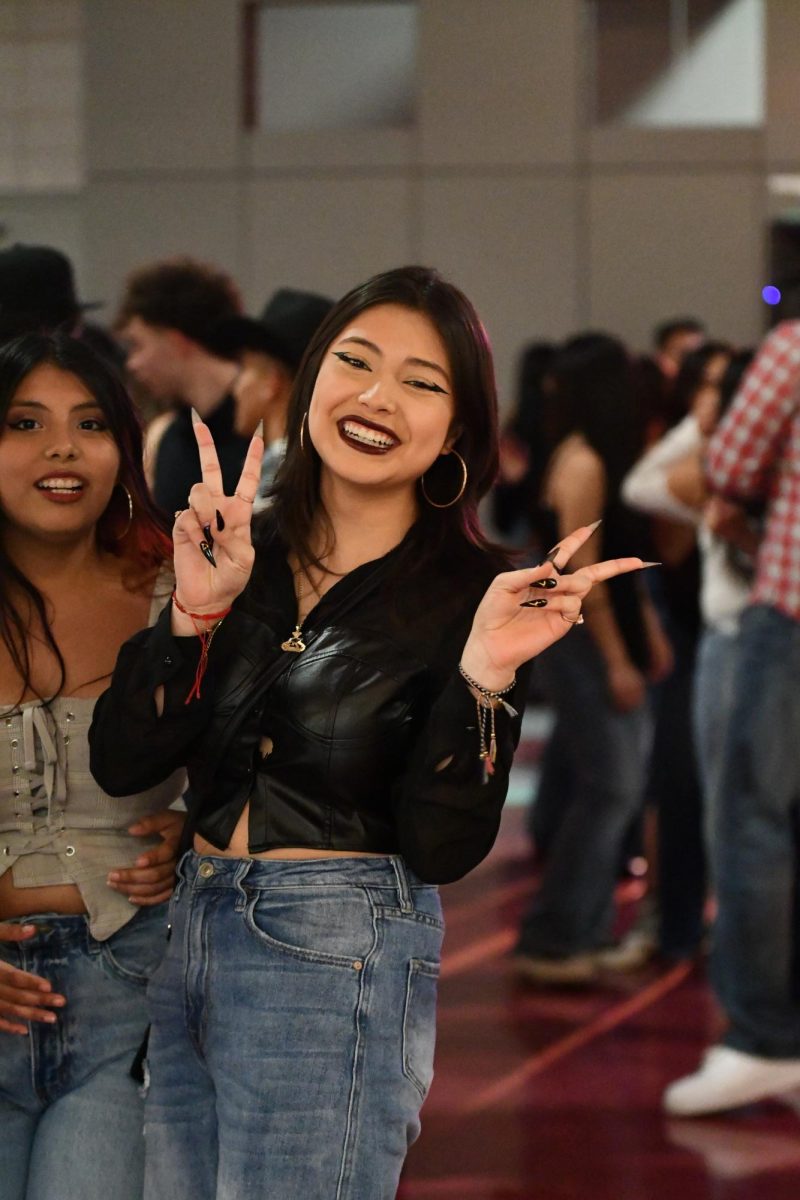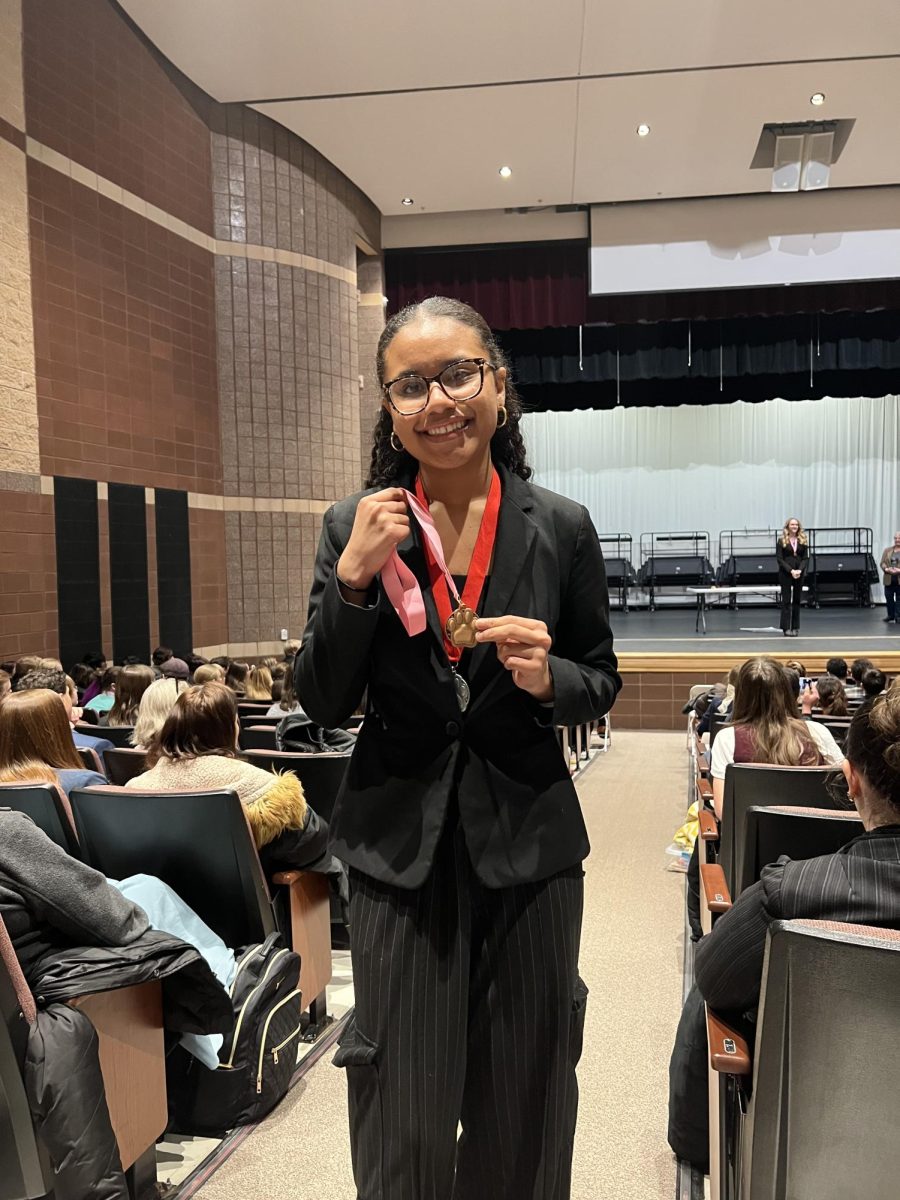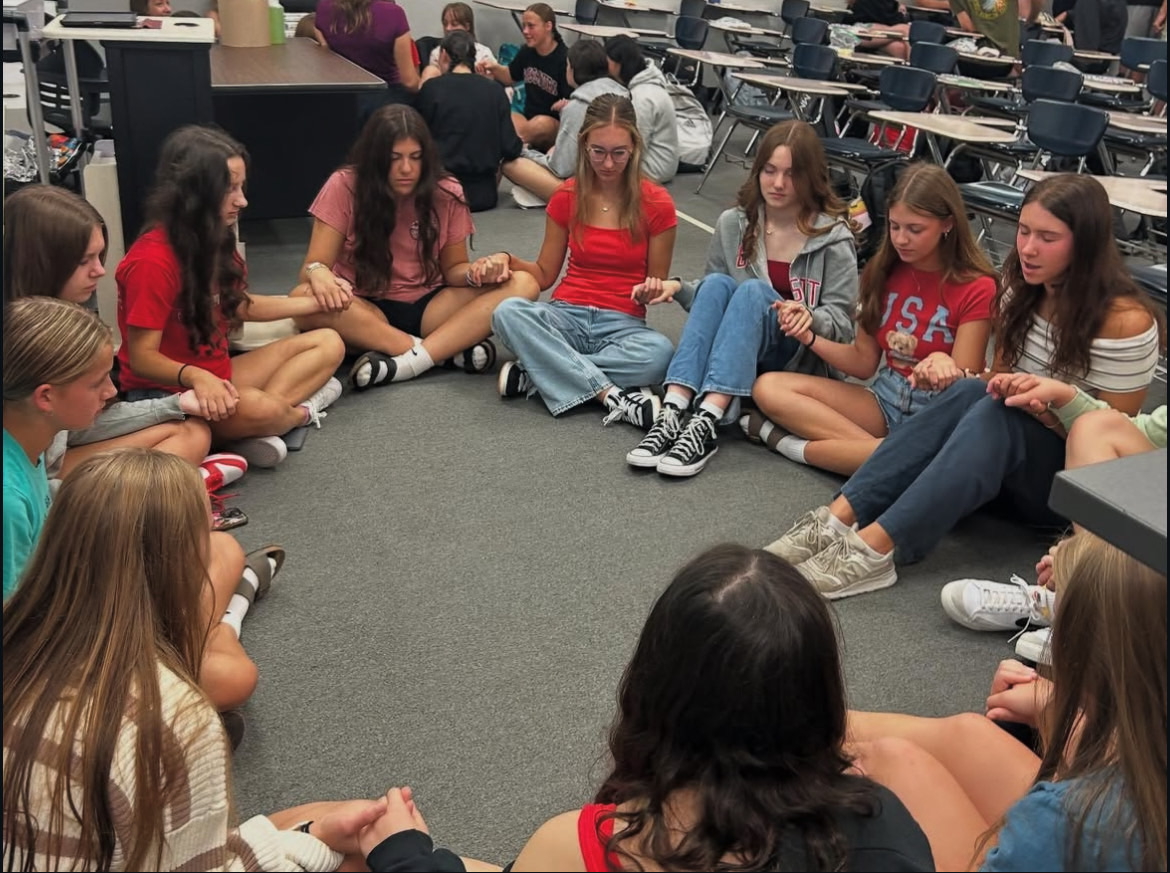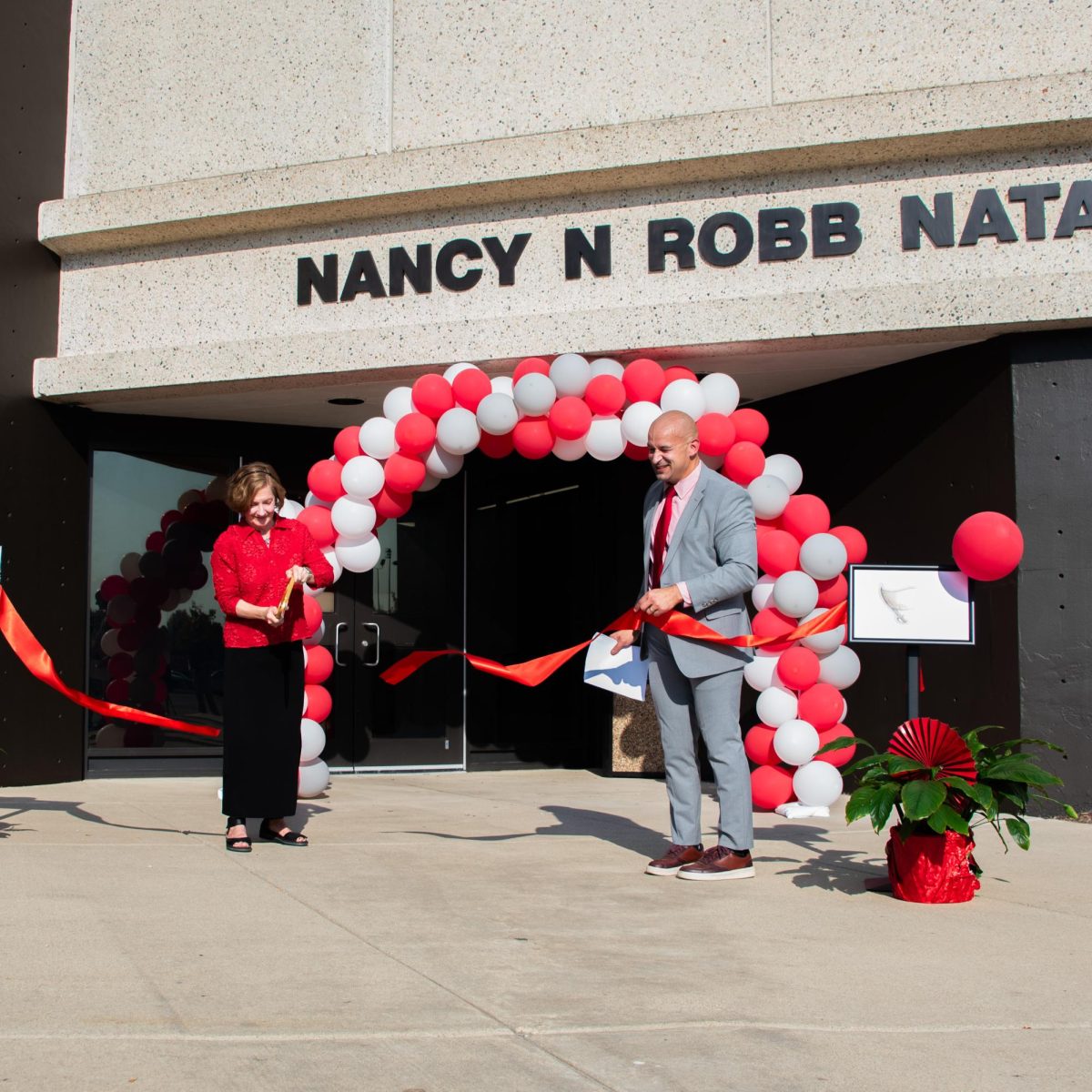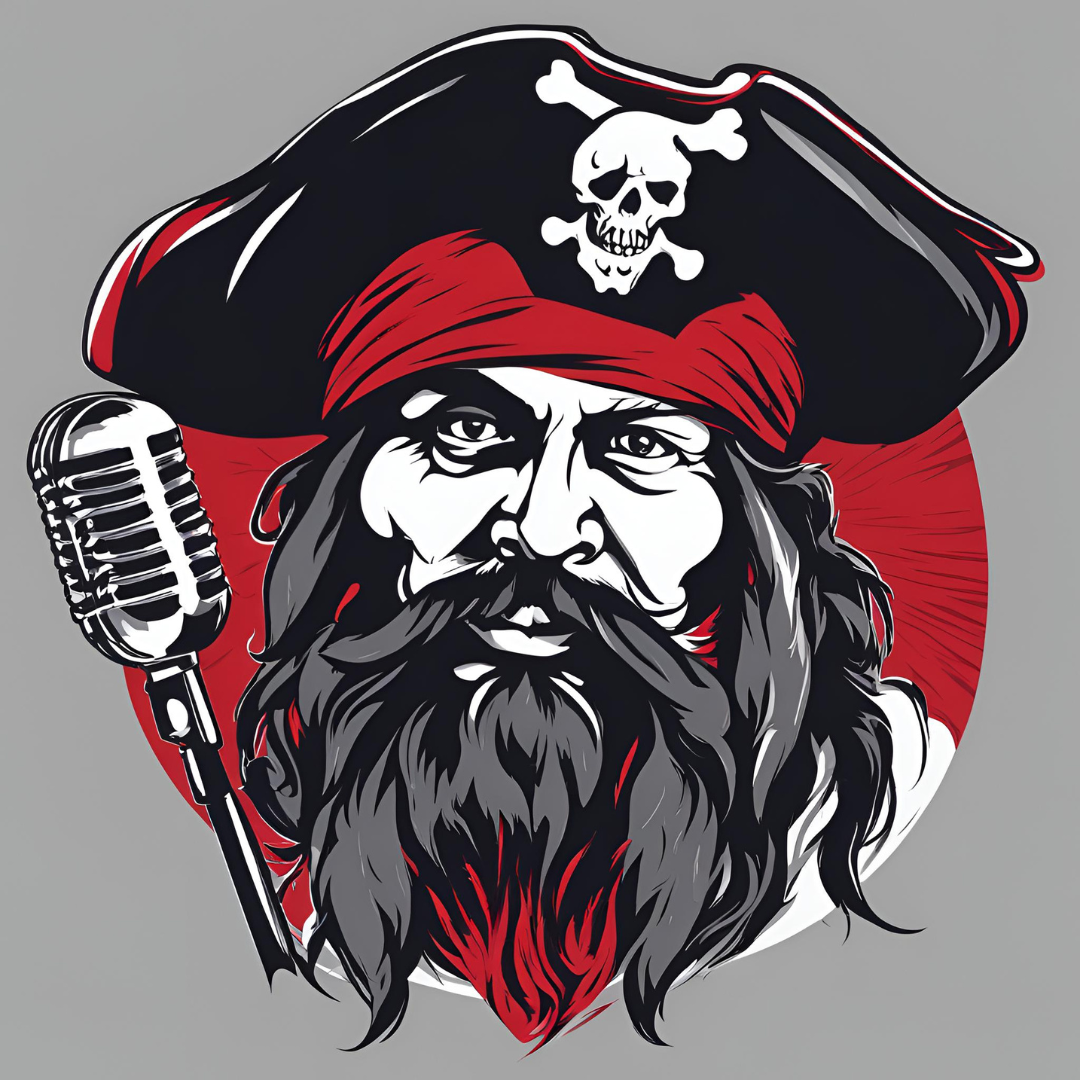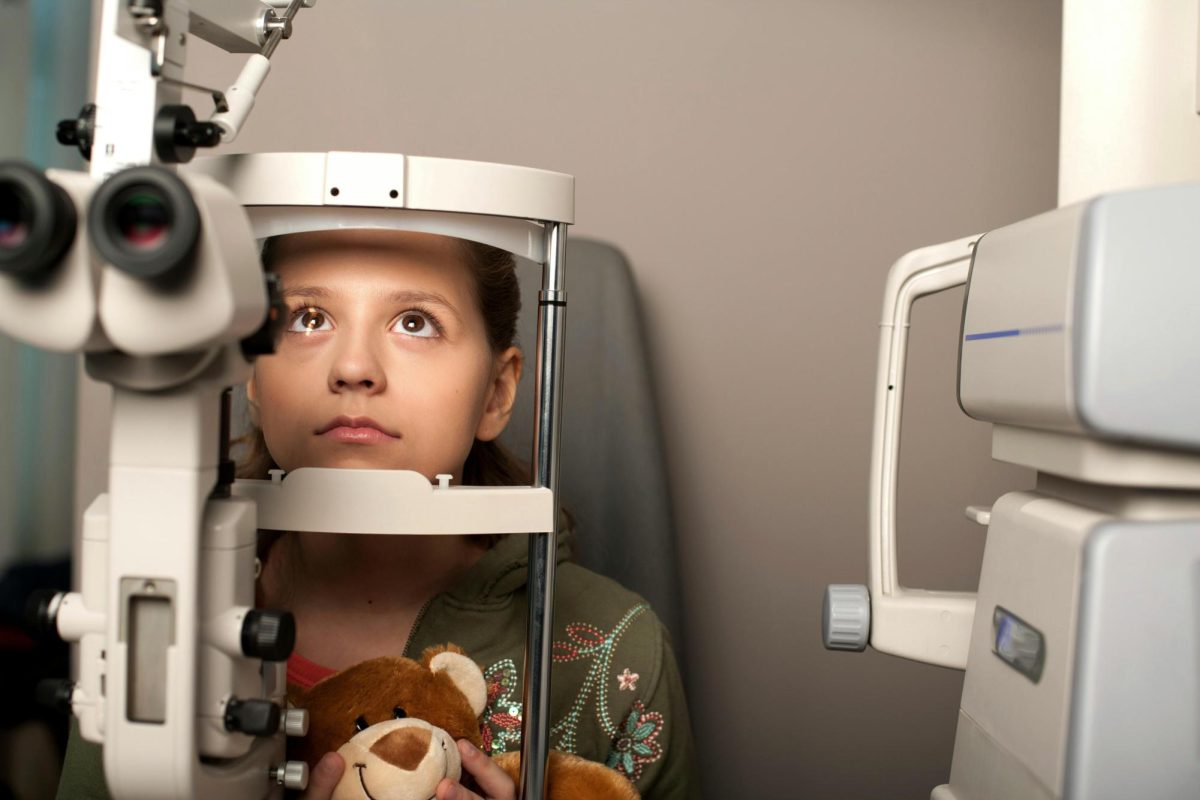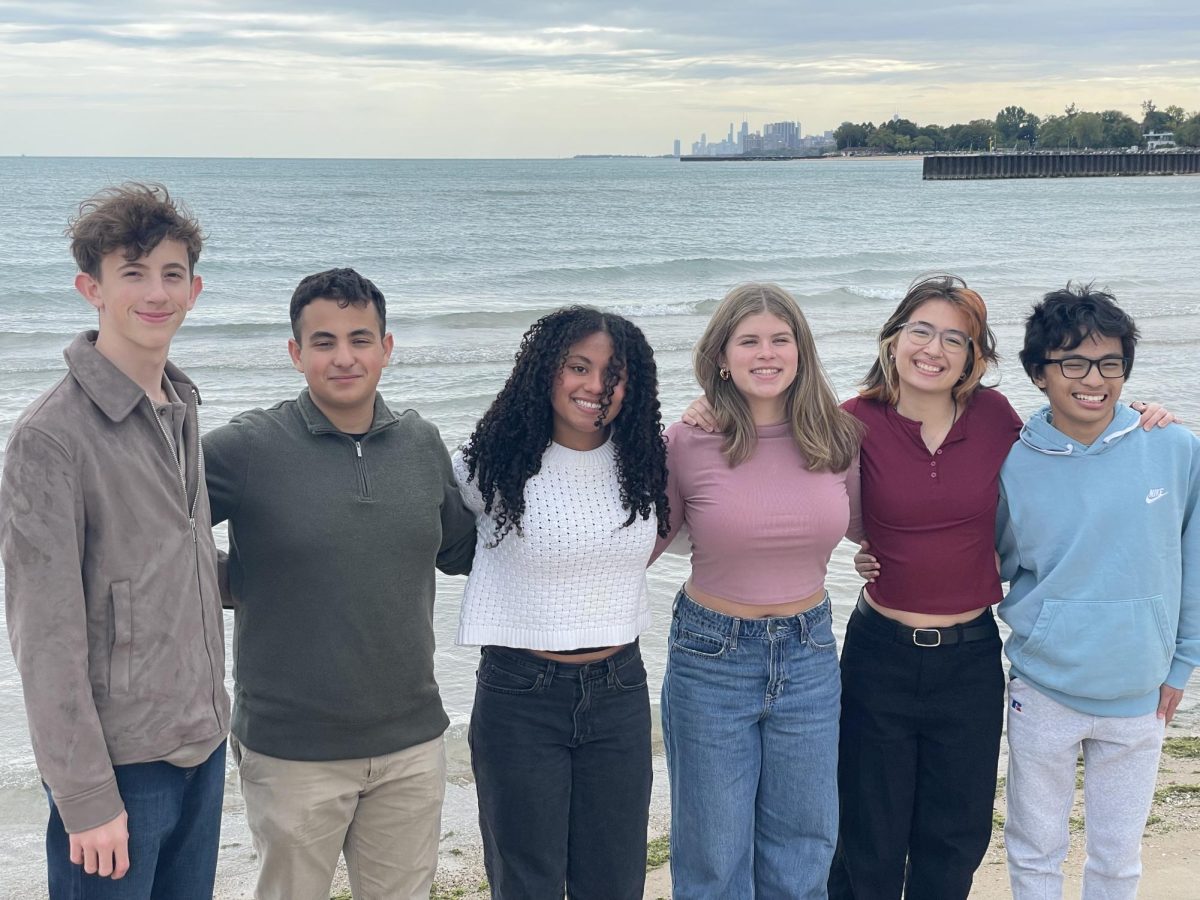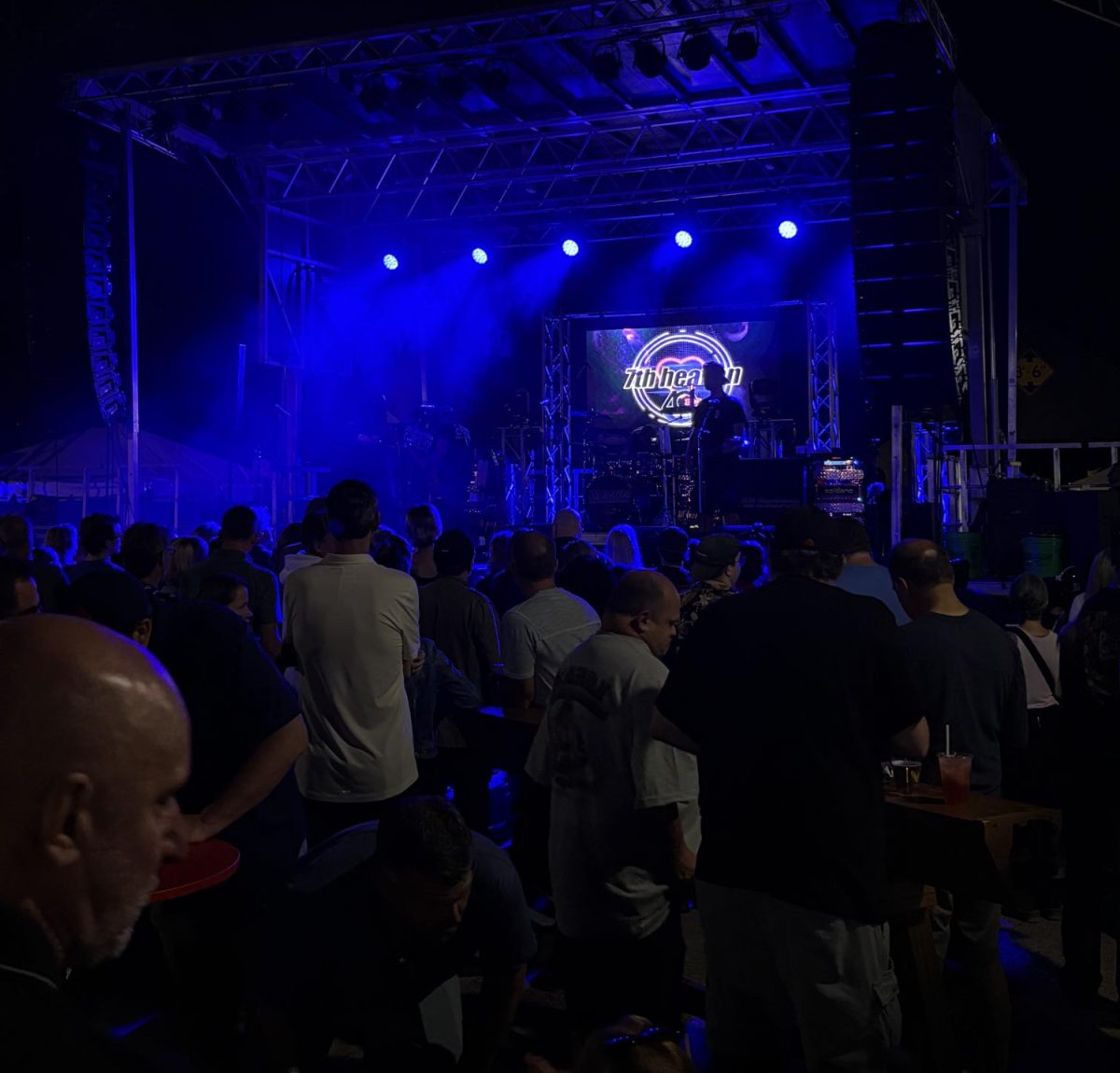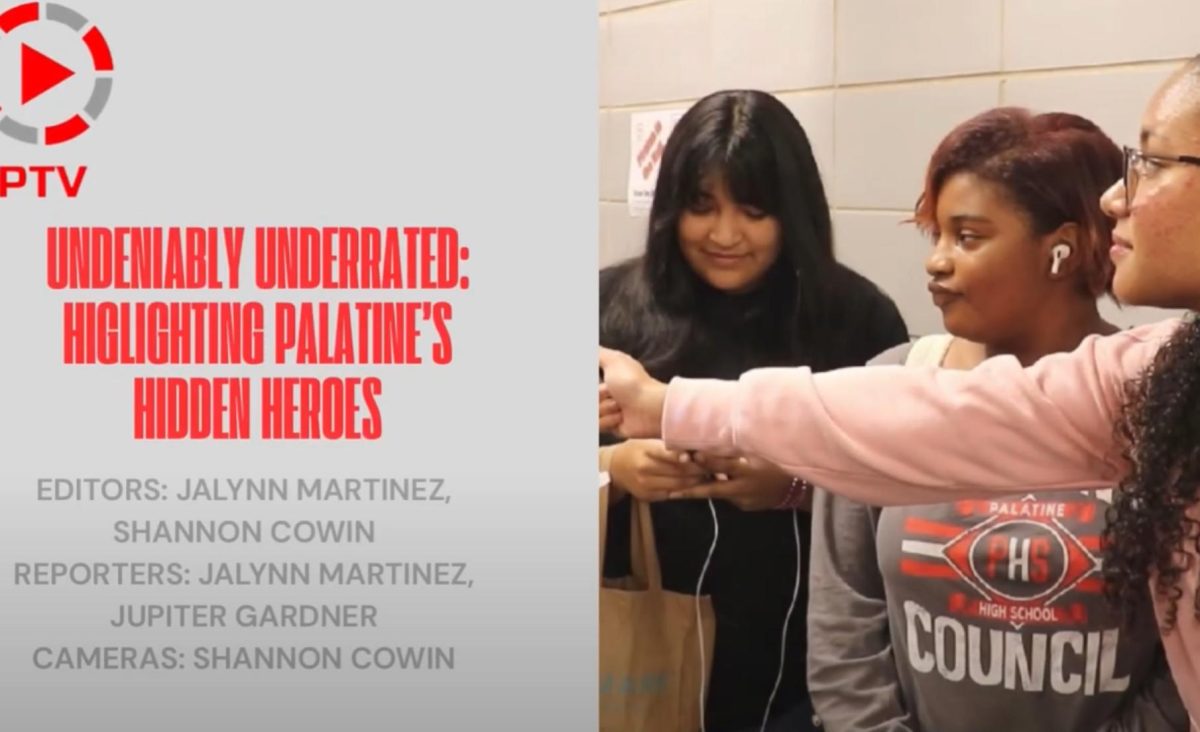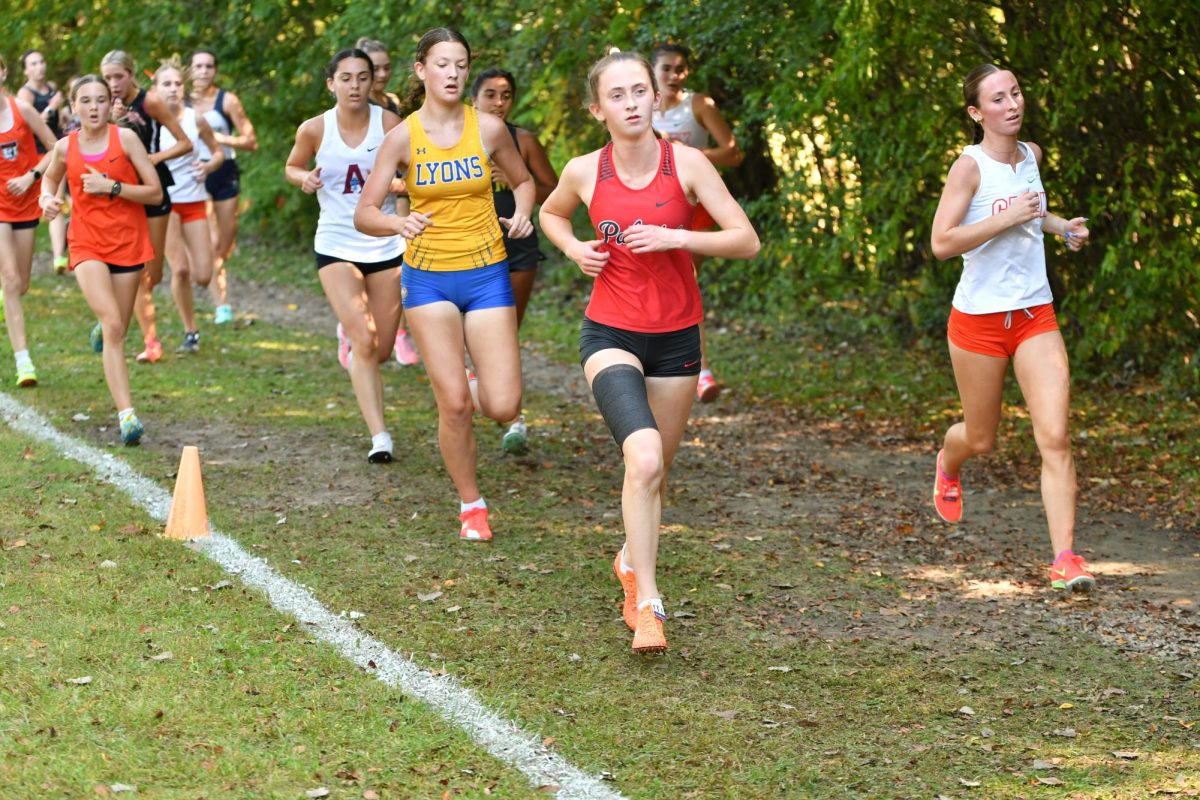The D211 Hack-A-Thon returned for the second consecutive year with more people, more programs and more excitement. Hosted at Fremd High School, the competition had over 100 contestants from all over D211, more than double the number of last year’s.
Students woke up early and started arriving at 8 a.m. for announcements, rules and a student-designed T-shirt.
The theme for this year was “Crossroads,” a decision that was made by Fremd student Sameer Ilyas and the Hack-A-Thon leadership team. Students could create anything they wanted, as long as it incorporated the theme into their project. Ilyas said that the one-word theme was the perfect intersection between structure and creativity because of its open interpretation.
“We didn’t want to limit the diversity of what people can do,” Ilyas, head of the D211 Hack-A-Thon, said. “Giving a more specific prompt would limit students’ creativity, and we didn’t want to do that.”
As the day went on, many of the students began coding their game, app or tool with the theme in mind.
Some went with the physical understanding of a crossroad, like Palatine seniors Brodie Stout and Joshua Boehmer did with their Crossy Road themed road game.
While literal crossroads could be seen on a plethora of computer screens, a more metaphorical meaning of the word was also popular.
One such example was coded by Conant students Dhruvi Panchal, Giselle Salas and Maahi Nayak’s RPG indie game, where one is stuck in a forest and must choose decisions that will change the course of the player’s life.
“We wanted to make it an open world to create a new twist to [the Game of Life],” Salas, a sophomore from Conant High School, said. “Traversing through a forest is a good way to present crossroads and just make decisions.”
The game style and idea came from the students’ inert love for coding and personality.
“I definitely show a lot of personality in my projects and make them very unique to myself,” Salas said. “And I think that’s what’s the most fun part of it, because they just reflect who I am.”
Students and teachers alike loved the creativity and freedom of choice they were given to do whatever they wanted, whereas in a classroom, they were given instructions and graded on the final project. Many of the students were also a part of computer science classes and had been coding for years. But many of them weren’t or joined the Hack-A-Thon in order to learn more about coding.
One team contained both experts and beginners alike. Palatine students Bilguun Javhklan, Luka Huyser, Jaxon VanderGiessen and Nathan Casbarian created a ragebait game called “Ticked Off!,” where they took inspiration from the book “Ready Player One” and made easter eggs, secret maps, and a retro look that pleased the eye. The twist is that one can maneuver time and space to get into areas that are impossible if one can’t time travel.
“We decided not to do Crossy Road like every other team here and instead do the crossroads of time, rather than the crossroads of physical roads,” Huyser, a freshman from Palatine, said.
Coding wasn’t the only thing going on. Throughout the day, workshops for all types and levels of programmers were available for people to walk in and learn. Topics like Web Development, AI Hand Gesture Detection and Computer 3D Graphics piqued student interest, with some programs filling the room.
Student battles were sprinkled throughout the day as well. One such battle, AI Clash, consisted of students prompting ChatGPT to generate the best code, and running it against other students’ codes. Another battle, Pair Programming, made students hand off code every couple of minutes to their partner and try to create the best code.
Once students were done with coding, Melissa Meagher, Christopher Grattoni, Shannon Denna and Christopher Zickert – all computer science teachers from Palatine, Schaumburg and Fremd – used a rubric that consisted of four categories: originality, functionality, theme connection and user accessibility.
Many of the students expressed nervousness before judging, but endured the questions and presentation and ended up progressing to the final round for awards. One team – Fremd students Ishaan Batra, Riley Kwon, Dayita Mandal and Ranjani Chandrasekar – created a speed-dating app that runs over users if they don’t respond to questions fast enough. They spiced up their presentation by having music, fake testimonials and incentives like a singular Rice Krispie Treat to please the judges.
By the end of the day, students were playing and testing each other’s programs, creating new connections with students from different schools in the process. Strolling through the hallway, one can see the vast opportunities computer science holds; from mobile apps to a mental health consultant AI to a web scraper, this Hack-A-Thon held a multitude of student perspectives and ideas.
“It’s a big new space for a lot of people, especially for me,” Evan Pikscher said, a junior from Schaumburg High School and a first-time Hack-A-Thon participant. “It’s a good learning opportunity, and it’s an uplifting experience.”
After about an hour or so of grading, the judges then went inside for a private discussion about the winners, and an awards presentation wrapped up the Hack-A-Thon.
Awards consisted of things like mouse pads, Bluetooth trackers and Smart Notebooks. Additionally, students were also handed an award certificate with the judges’ signatures and their names.
Ilyas and the team have been working on this year’s Hack-A-Thon since August, planning workshops, food and implementing ideas. He says that while the Hack-A-Thon’s planning was “hectic,” he is glad that he has had the opportunity to connect with so many people and find others that are as passionate about computer science as he is.
“It’s a 100-person event I’ve never planned anything like in my lifetime,” Ilyas said. “It’s just so mind-blowing to me that high schoolers can do this, and that the barrier to entry to computer science is so low. This is by far the coolest thing I’ve seen so far.”



